Back to Courses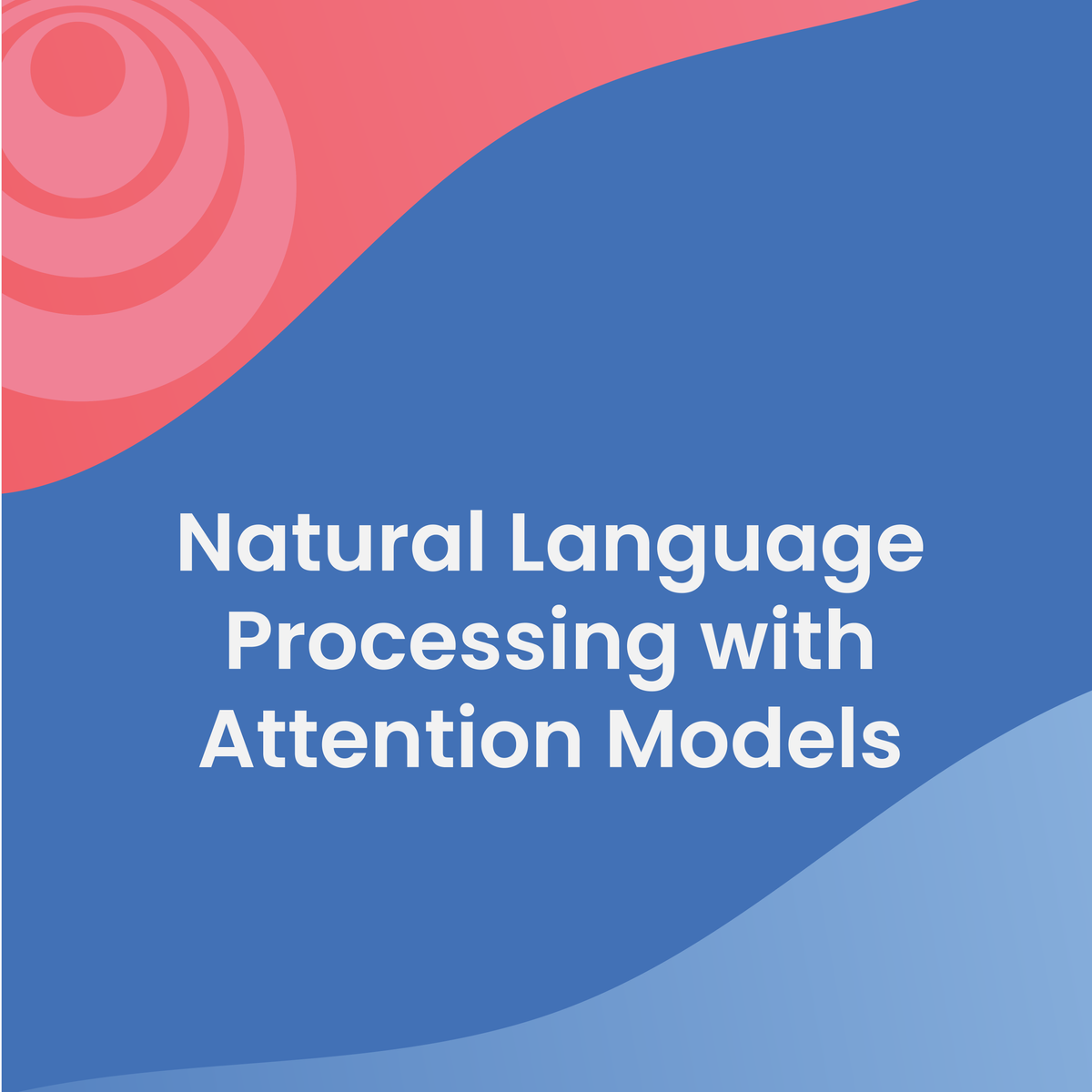
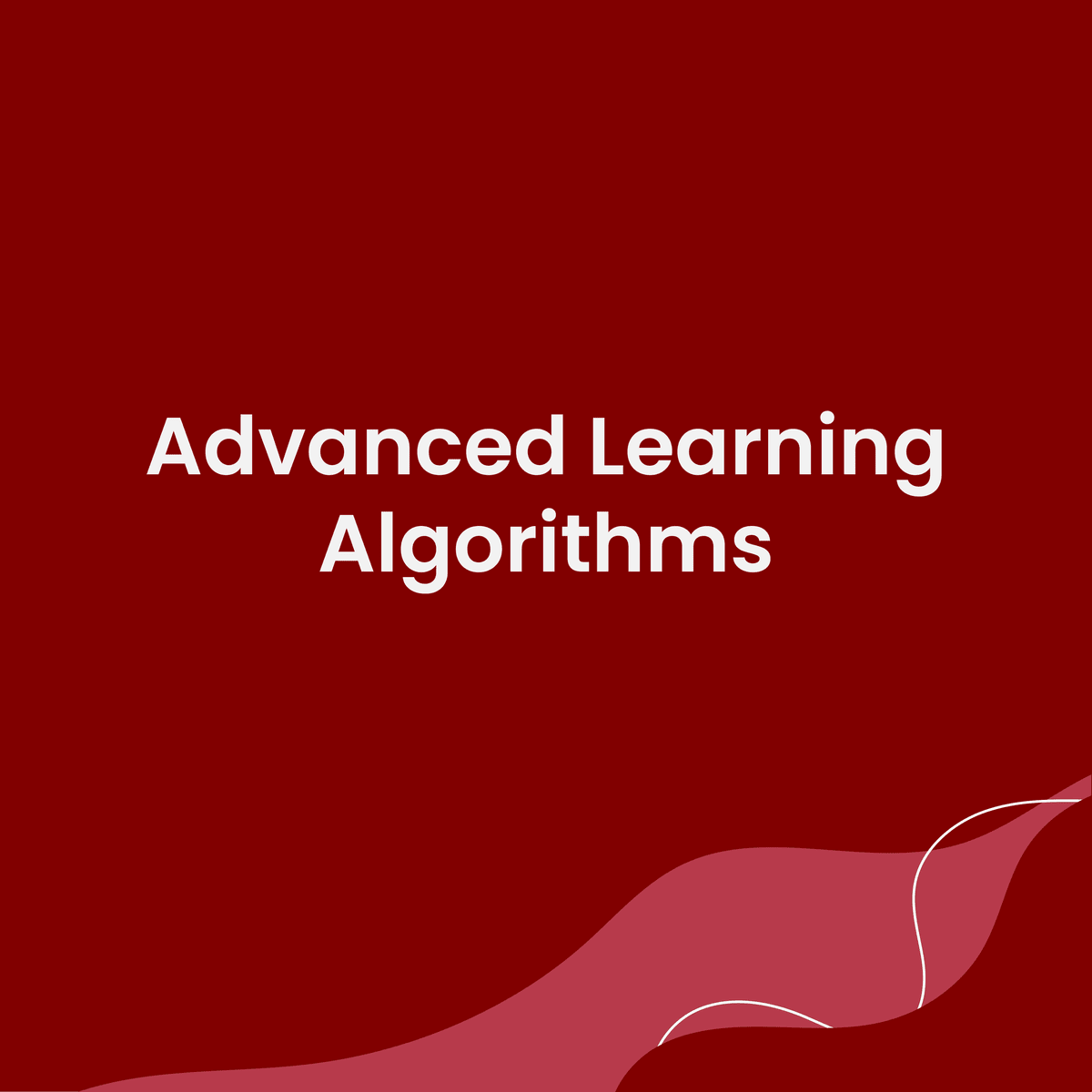
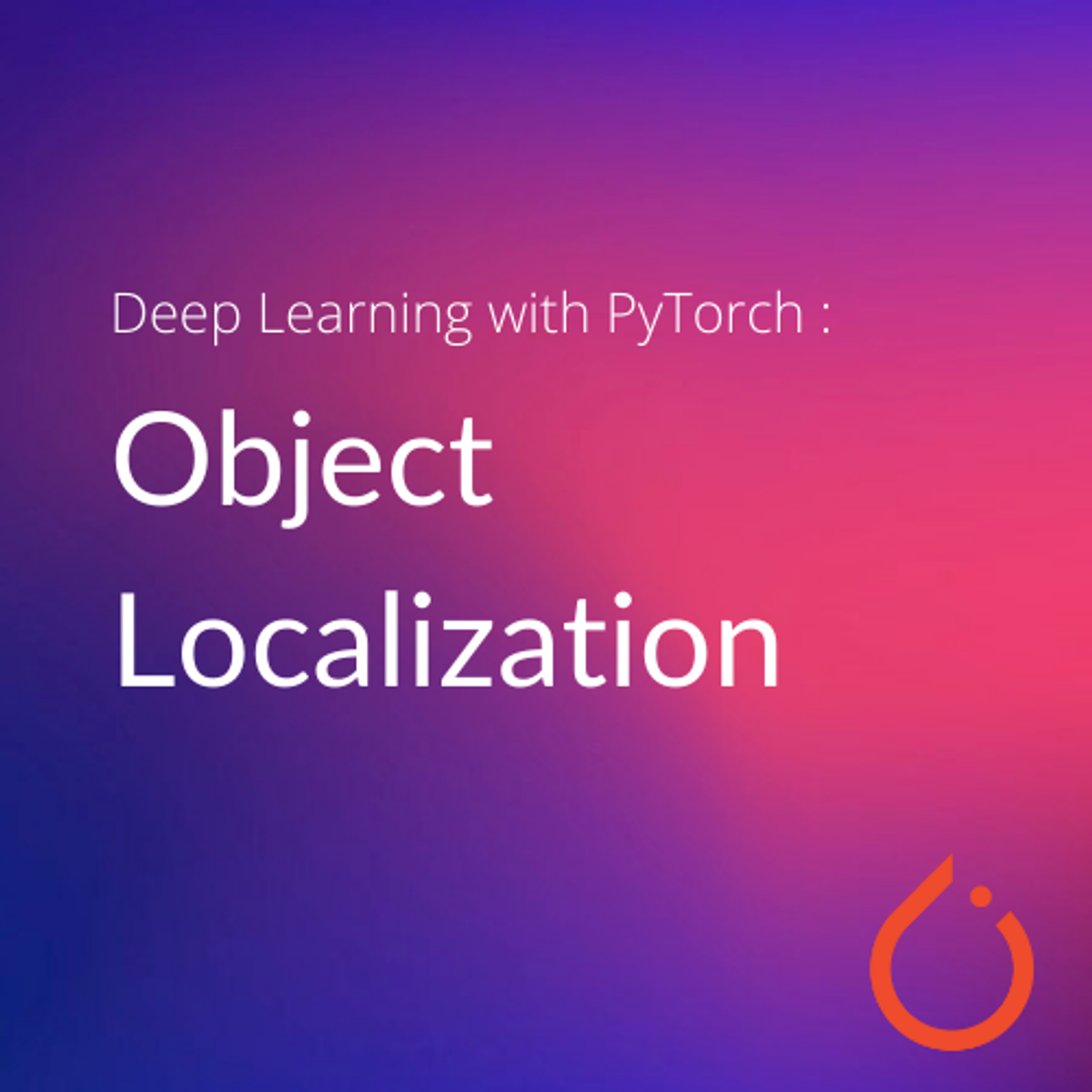



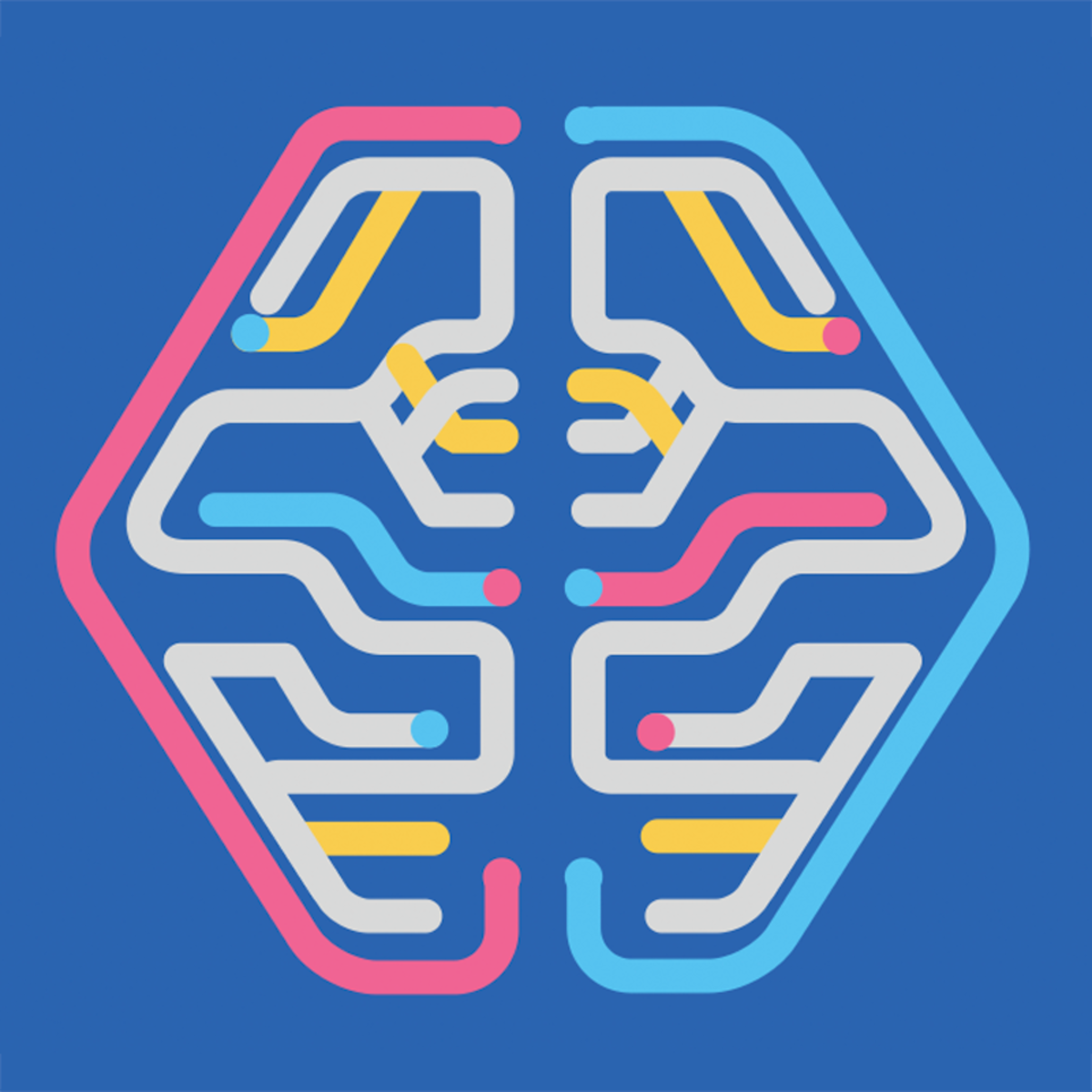
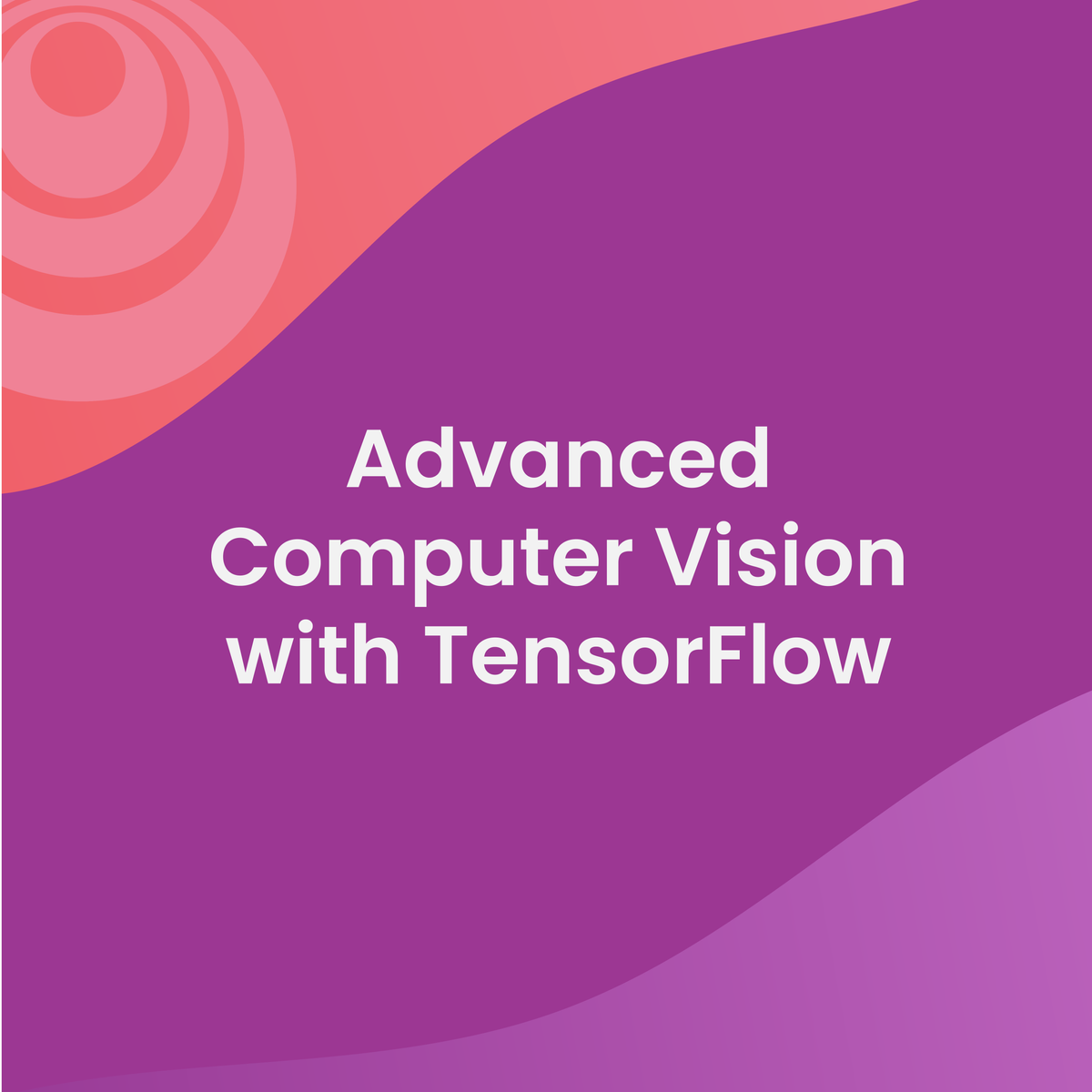
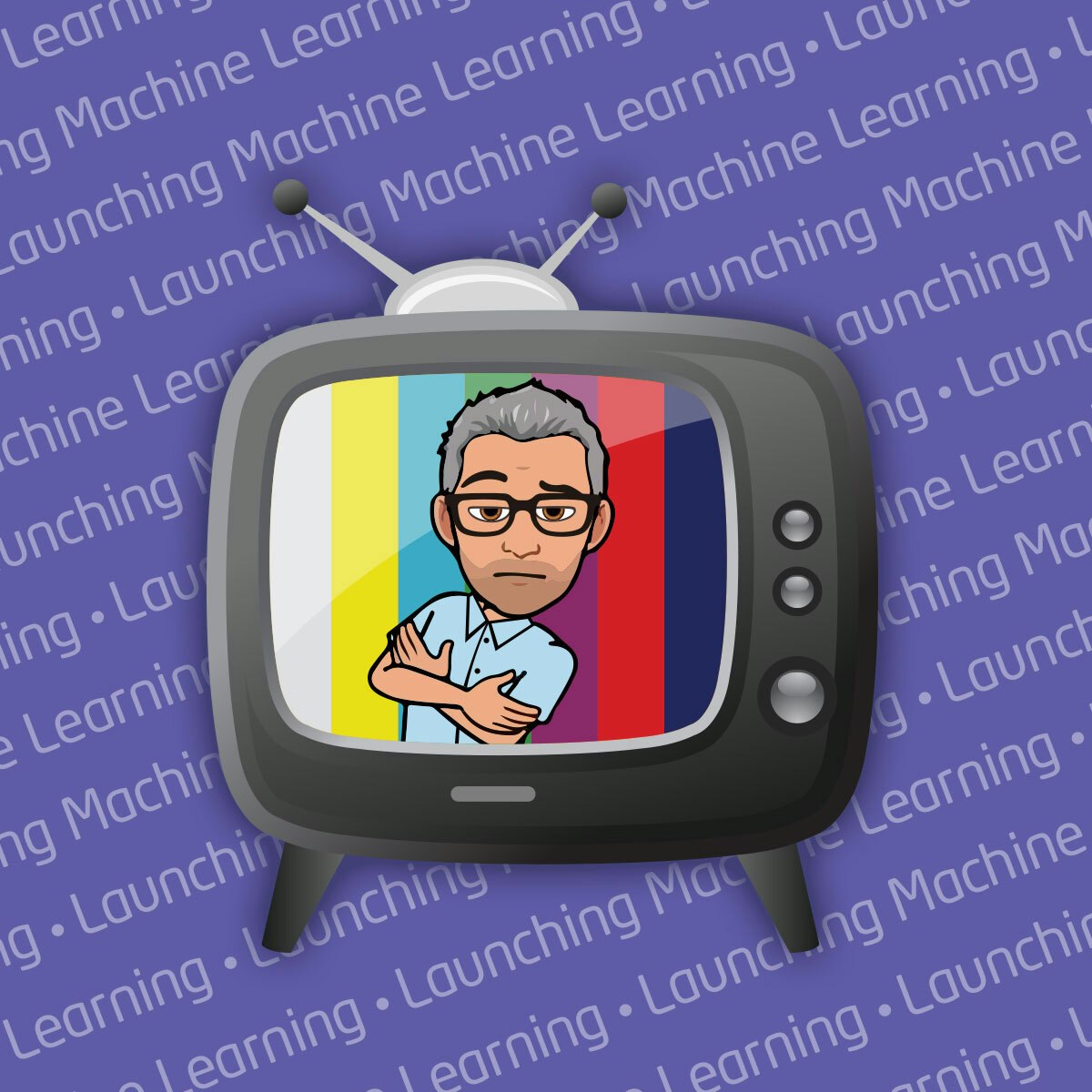

Machine Learning Courses - Page 13
Showing results 121-130 of 485

Natural Language Processing with Attention Models
In Course 4 of the Natural Language Processing Specialization, you will:
a) Translate complete English sentences into German using an encoder-decoder attention model,
b) Build a Transformer model to summarize text,
c) Use T5 and BERT models to perform question-answering, and
d) Build a chatbot using a Reformer model.
By the end of this Specialization, you will have designed NLP applications that perform question-answering and sentiment analysis, created tools to translate languages and summarize text, and even built a chatbot!
Learners should have a working knowledge of machine learning, intermediate Python including experience with a deep learning framework (e.g., TensorFlow, Keras), as well as proficiency in calculus, linear algebra, and statistics. Please make sure that you’ve completed course 3 - Natural Language Processing with Sequence Models - before starting this course.
This Specialization is designed and taught by two experts in NLP, machine learning, and deep learning. Younes Bensouda Mourri is an Instructor of AI at Stanford University who also helped build the Deep Learning Specialization. Łukasz Kaiser is a Staff Research Scientist at Google Brain and the co-author of Tensorflow, the Tensor2Tensor and Trax libraries, and the Transformer paper.

Advanced Learning Algorithms
In the second course of the Machine Learning Specialization, you will:
• Build and train a neural network with TensorFlow to perform multi-class classification
• Apply best practices for machine learning development so that your models generalize to data and tasks in the real world
• Build and use decision trees and tree ensemble methods, including random forests and boosted trees
The Machine Learning Specialization is a foundational online program created in collaboration between DeepLearning.AI and Stanford Online. In this beginner-friendly program, you will learn the fundamentals of machine learning and how to use these techniques to build real-world AI applications.
This Specialization is taught by Andrew Ng, an AI visionary who has led critical research at Stanford University and groundbreaking work at Google Brain, Baidu, and Landing.AI to advance the AI field.
This 3-course Specialization is an updated and expanded version of Andrew’s pioneering Machine Learning course, rated 4.9 out of 5 and taken by over 4.8 million learners since it launched in 2012.
It provides a broad introduction to modern machine learning, including supervised learning (multiple linear regression, logistic regression, neural networks, and decision trees), unsupervised learning (clustering, dimensionality reduction, recommender systems), and some of the best practices used in Silicon Valley for artificial intelligence and machine learning innovation (evaluating and tuning models, taking a data-centric approach to improving performance, and more.)
By the end of this Specialization, you will have mastered key theoretical concepts and gained the practical know-how to quickly and powerfully apply machine learning to challenging real-world problems. If you’re looking to break into AI or build a career in machine learning, the new Machine Learning Specialization is the best place to start.

Deep Learning with PyTorch : Object Localization
Object Localization is the task of locating an instance of a particular object category in an image, typically by specifying a tightly cropped bounding box centered on the instance. In this 2-hour project-based course, you will be able to understand the Object Localization Dataset and you will write a custom dataset class for Image-bounding box dataset. Additionally, you will apply augmentation for localization task to augment images as well as its effect on bounding box. For localization task augmentation you will use albumentation library. We will plot the (image-bounding box) pair. Thereafter, we will load a pretrained state of the art convolutional neural network using timm library.Moreover, we are going to create train function and evaluator function which will be helpful to write training loop. Lastly, you will use best trained model to find bounding box given any image.
Computational Neuroscience
This course provides an introduction to basic computational methods for understanding what nervous systems do and for determining how they function. We will explore the computational principles governing various aspects of vision, sensory-motor control, learning, and memory. Specific topics that will be covered include representation of information by spiking neurons, processing of information in neural networks, and algorithms for adaptation and learning. We will make use of Matlab/Octave/Python demonstrations and exercises to gain a deeper understanding of concepts and methods introduced in the course. The course is primarily aimed at third- or fourth-year undergraduates and beginning graduate students, as well as professionals and distance learners interested in learning how the brain processes information.

English/French Translator: Long Short Term Memory Networks
In this hands-on project, we will train a Long Short Term (LSTM) Network to perform English to French Translation. This project could be practically used by travelers or people who are settling into a new country.
Note: This course works best for learners who are based in the North America region. We’re currently working on providing the same experience in other regions.

Image Classification on Autopilot with AWS AutoGluon
Hello everyone and welcome to this new hands-on project on image classification with Amazon Web Services (AWS) AutoGluon. In this project, we will train several deep neural networks models to classify images using a powerful library known as AutoGluon. AutoGluon is the library behind AWS SageMaker autopilot and it allows for quick prototyping of several powerful models using a few lines of code.

Machine Learning in the Enterprise
This course encompasses a real-world practical approach to the ML Workflow: a case study approach that presents an ML team faced with several ML business requirements and use cases. This team must understand the tools required for data management and governance and consider the best approach for data preprocessing: from providing an overview of Dataflow and Dataprep to using BigQuery for preprocessing tasks.
The team is presented with three options to build machine learning models for two specific use cases. This course explains why the team would use AutoML, BigQuery ML, or custom training to achieve their objectives. A deeper dive into custom training is presented in this course. We describe custom training requirements from training code structure, storage, and loading large datasets to exporting a trained model.
You will build a custom training machine learning model, which allows you to build a container image with little knowledge of Docker.
The case study team examines hyperparameter tuning using Vertex Vizier and how it can be used to improve model performance. To understand more about model improvement, we dive into a bit of theory: we discuss regularization, dealing with sparsity, and many other essential concepts and principles. We end with an overview of prediction and model monitoring and how Vertex AI can be used to manage ML models.

Advanced Computer Vision with TensorFlow
In this course, you will:
a) Explore image classification, image segmentation, object localization, and object detection. Apply transfer learning to object localization and detection.
b) Apply object detection models such as regional-CNN and ResNet-50, customize existing models, and build your own models to detect, localize, and label your own rubber duck images.
c) Implement image segmentation using variations of the fully convolutional network (FCN) including U-Net and d) Mask-RCNN to identify and detect numbers, pets, zombies, and more.
d) Identify which parts of an image are being used by your model to make its predictions using class activation maps and saliency maps and apply these ML interpretation methods to inspect and improve the design of a famous network, AlexNet.
The DeepLearning.AI TensorFlow: Advanced Techniques Specialization introduces the features of TensorFlow that provide learners with more control over their model architecture and tools that help them create and train advanced ML models.
This Specialization is for early and mid-career software and machine learning engineers with a foundational understanding of TensorFlow who are looking to expand their knowledge and skill set by learning advanced TensorFlow features to build powerful models.

Launching Machine Learning: Delivering Operational Success with Gold Standard ML Leadership
Machine learning runs the world. It generates predictions for each individual customer, employee, voter, and suspect, and these predictions drive millions of business decisions more effectively, determining whom to call, mail, approve, test, diagnose, warn, investigate, incarcerate, set up on a date, or medicate.
But, to make this work, you've got to bridge what is a prevalent gap between business leadership and technical know-how. Launching machine learning is as much a management endeavor as a technical one. Its success relies on a very particular business leadership practice. This means that two different species must cooperate in harmony: the business leader and the quant.
This course will guide you to lead or participate in the end-to-end implementation of machine learning (aka predictive analytics). Unlike most machine learning courses, it prepares you to avoid the most common management mistake that derails machine learning projects: jumping straight into the number crunching before establishing and planning for a path to operational deployment.
Whether you'll participate on the business or tech side of a machine learning project, this course delivers essential, pertinent know-how. You'll learn the business-level fundamentals needed to ensure the core technology works within - and successfully produces value for - business operations. If you're more a quant than a business leader, you'll find this is a rare opportunity to ramp up on the business side, since technical ML trainings don't usually go there. But know this: The soft skills are often the hard ones.
After this course, you will be able to:
- Apply ML: Identify the opportunities where machine learning can improve marketing, sales, financial credit scoring, insurance, fraud detection, and much more.
- Plan ML: Determine the way in which machine learning will be operationally integrated and deployed, and the staffing and data requirements to get there.
- Greenlight ML: Forecast the effectiveness of a machine learning project and then internally sell it, gaining buy-in from your colleagues.
- Lead ML: Manage a machine learning project, from the generation of predictive models to their launch.
- Prep data for ML: Oversee the data preparation, which is directly informed by business priorities.
- Evaluate ML: Report on the performance of predictive models in business terms, such as profit and ROI.
- Regulate ML: Manage ethical pitfalls, such as when predictive models reveal sensitive information about individuals, including whether they're pregnant, will quit their job, or may be arrested - aka AI ethics.
NO HANDS-ON AND NO HEAVY MATH. Rather than a hands-on training, this course serves both business leaders and burgeoning data scientists alike by contextualizing the core technology, guiding you on the end-to-end process required to successfully deploy a predictive model so that it delivers a business impact. There are no exercises involving coding or the use of machine learning software.
WHO IT'S FOR. This concentrated entry-level program is for anyone who wishes to participate in the commercial deployment of machine learning, no matter whether you'll do so in the role of enterprise leader or quant. This includes business professionals and decision makers of all kinds, such as executives, directors, line of business managers, and consultants - as well as data scientists.
LIKE A UNIVERSITY COURSE. This course is also a good fit for college students, or for those planning for or currently enrolled in an MBA program. The breadth and depth of the overall three-course specialization is equivalent to one full-semester MBA or graduate-level course.
IN-DEPTH YET ACCESSIBLE. Brought to you by industry leader Eric Siegel - a winner of teaching awards when he was a professor at Columbia University - this curriculum stands out as one of the most thorough, engaging, and surprisingly accessible on the subject of machine learning.
VENDOR-NEUTRAL. This specialization includes illuminating software demos of machine learning in action using SAS products. However, the curriculum is vendor-neutral and universally-applicable. The contents and learning objectives apply, regardless of which machine learning software tools you end up choosing to work with.
PREREQUISITES. Before this course, learners should take the first of this specialization's three courses, "The Power of Machine Learning: Boost Business, Accumulate Clicks, Fight Fraud, and Deny Deadbeats."

Regression Analysis with Yellowbrick
Welcome to this project-based course on Regression Analysis with Yellowbrick. In this project, we will build a machine learning model to predict the compressive strength of high performance concrete (HPC). Although, we will use linear regression, the emphasis of this project will be on using visualization techniques to steer our machine learning workflow. Visualization plays a crucial role throughout the analytical process. It is indispensable for any effective analysis, model selection, and evaluation. This project will make use of a diagnostic platform called Yellowbrick. It allows data scientists and machine learning practitioners to visualize the entire model selection process to steer towards better, more explainable models.Yellowbrick hosts several datasets from the UCI Machine Learning Repository. We’ll be working with the concrete dataset that is well suited for regression tasks. The dataset contains 1030 instances and 8 real valued attributes with a continuous target.
We we will cover the following topics in our machine learning workflow: exploratory data analysis (EDA), feature and target analysis, regression modelling, cross-validation, model evaluation, and hyperparamter tuning.
This course runs on Coursera's hands-on project platform called Rhyme. On Rhyme, you do projects in a hands-on manner in your browser. You will get instant access to pre-configured cloud desktops containing all of the software and data you need for the project. Everything is already set up directly in your internet browser so you can just focus on learning. For this project, you’ll get instant access to a cloud desktop with Python, Jupyter, Yellowbrick, and scikit-learn pre-installed.
Notes:
- You will be able to access the cloud desktop 5 times. However, you will be able to access instructions videos as many times as you want.
- This course works best for learners who are based in the North America region. We’re currently working on providing the same experience in other regions.
Popular Internships and Jobs by Categories
Find Jobs & Internships
Browse
© 2024 BoostGrad | All rights reserved